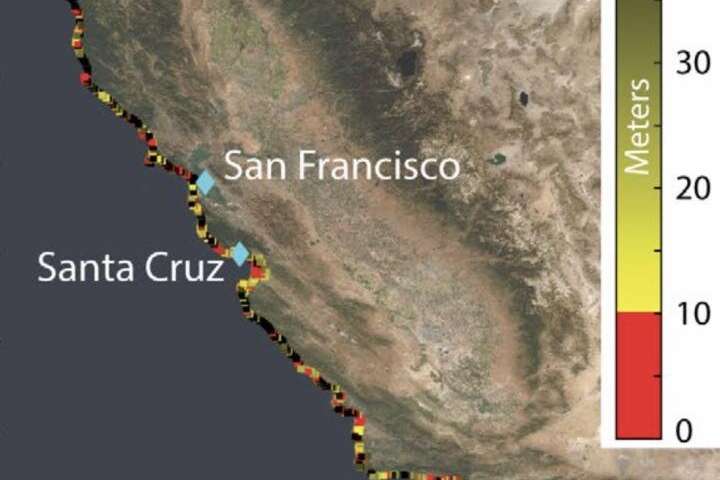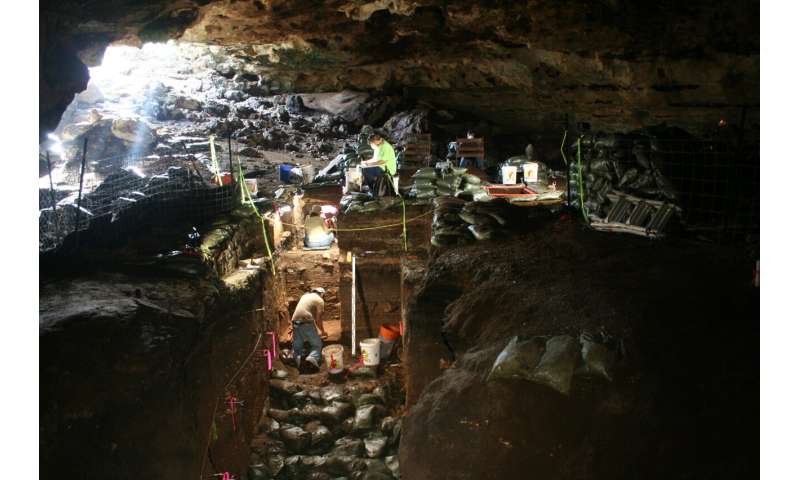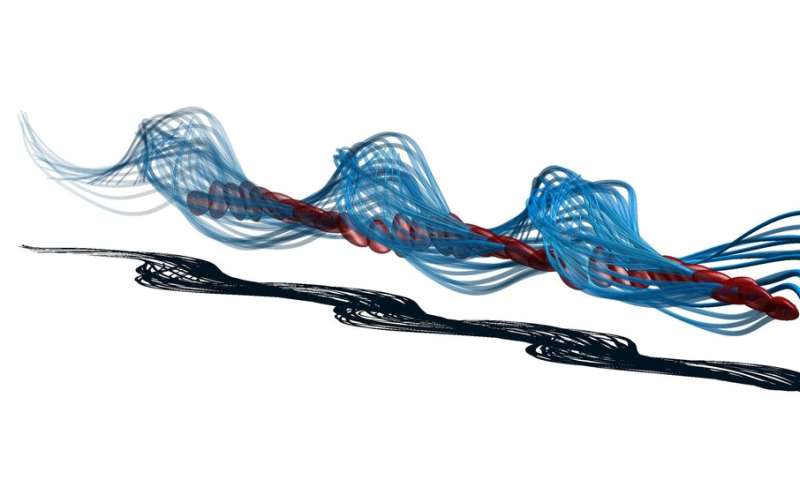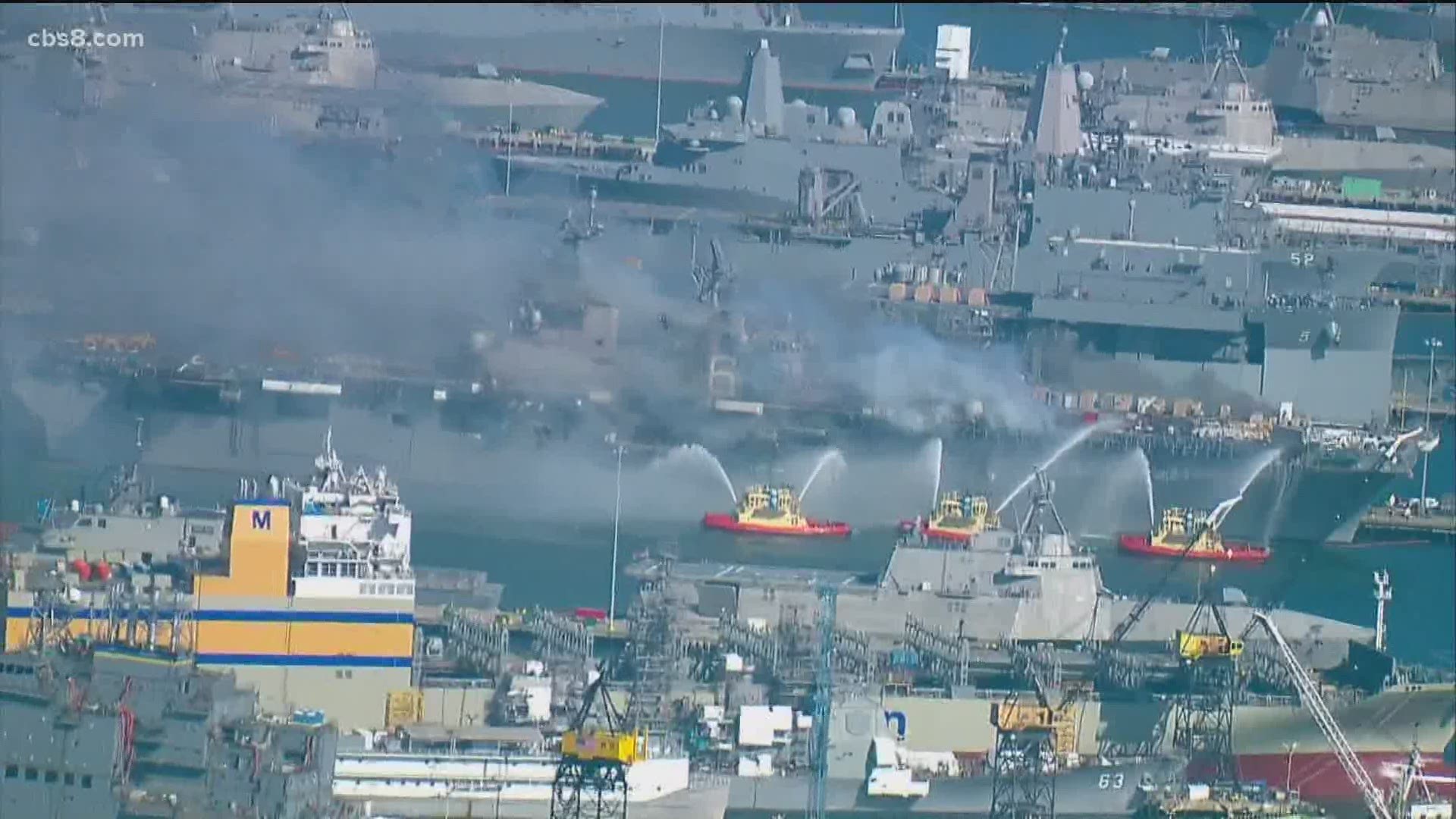by University of Massachusetts Lowell

This tensile object was created using 3D injection printing, a new technology invented by UMass Lowell Plastics Engineering Prof. David Kazmer. Credit: David Kazmer
More durable prosthetics and medical devices for patients and stronger parts for airplanes and automobiles are just some of the products that could be created through a new 3-D printing technology invented by a UMass Lowell researcher.
Substances such as plastics, metals and wax are used in 3-D printers to make products and parts for larger items, as the practice has disrupted the prototyping and manufacturing fields. Products created through the 3-D printing of plastics include everything from toys to drones. While the global market for 3-D plastics printers is estimated at $4 billion and growing, challenges remain in ensuring the printers create objects that are produced quickly, retain their strength and accurately reflect the shape desired, according to UMass Lowell's David Kazmer, a plastics engineering professor who led the research project.
Called injection printing, the technology Kazmer pioneered is featured in the academic journal Additive Manufacturing posted online last week.
The invention combines elements of 3-D printing and injection molding, a technique through which objects are created by filling mold cavities with molten materials. The marriage of the two processes increases the production rate of 3-D printing, while enhancing the strength and properties of the resulting products. The innovation typically produces objects about three times faster than conventional 3-D printing, which means jobs that once took about nine hours now only take three, according to Kazmer, who lives in Georgetown.
"The invention greatly improves the quality of the parts produced, making them fully dense with few cracks or voids, so they are much stronger. For technical applications, this is game-changing. The new process is also cost-effective because it can be used in existing 3-D printers, with only new software to program the machine needed," Kazmer said.
The process took about 18 months to develop. Austin Colon of Plymouth, a UMass Lowell Ph.D. candidate in plastics engineering, helped validate the technology alongside Kazmer, who teaches courses in product design, prototyping and process control, among other topics. He has filed for a patent on the new technology.
Explore furtherResearchers invent technology to remedy 3-D printing's 'weak spot'
More durable prosthetics and medical devices for patients and stronger parts for airplanes and automobiles are just some of the products that could be created through a new 3-D printing technology invented by a UMass Lowell researcher.
Substances such as plastics, metals and wax are used in 3-D printers to make products and parts for larger items, as the practice has disrupted the prototyping and manufacturing fields. Products created through the 3-D printing of plastics include everything from toys to drones. While the global market for 3-D plastics printers is estimated at $4 billion and growing, challenges remain in ensuring the printers create objects that are produced quickly, retain their strength and accurately reflect the shape desired, according to UMass Lowell's David Kazmer, a plastics engineering professor who led the research project.
Called injection printing, the technology Kazmer pioneered is featured in the academic journal Additive Manufacturing posted online last week.
The invention combines elements of 3-D printing and injection molding, a technique through which objects are created by filling mold cavities with molten materials. The marriage of the two processes increases the production rate of 3-D printing, while enhancing the strength and properties of the resulting products. The innovation typically produces objects about three times faster than conventional 3-D printing, which means jobs that once took about nine hours now only take three, according to Kazmer, who lives in Georgetown.
"The invention greatly improves the quality of the parts produced, making them fully dense with few cracks or voids, so they are much stronger. For technical applications, this is game-changing. The new process is also cost-effective because it can be used in existing 3-D printers, with only new software to program the machine needed," Kazmer said.
The process took about 18 months to develop. Austin Colon of Plymouth, a UMass Lowell Ph.D. candidate in plastics engineering, helped validate the technology alongside Kazmer, who teaches courses in product design, prototyping and process control, among other topics. He has filed for a patent on the new technology.
Explore furtherResearchers invent technology to remedy 3-D printing's 'weak spot'
More information: David O. Kazmer et al, Injection printing: additive molding via shell material extrusion and filling, Additive Manufacturing (2020). DOI: 10.1016/j.addma.2020.101469













